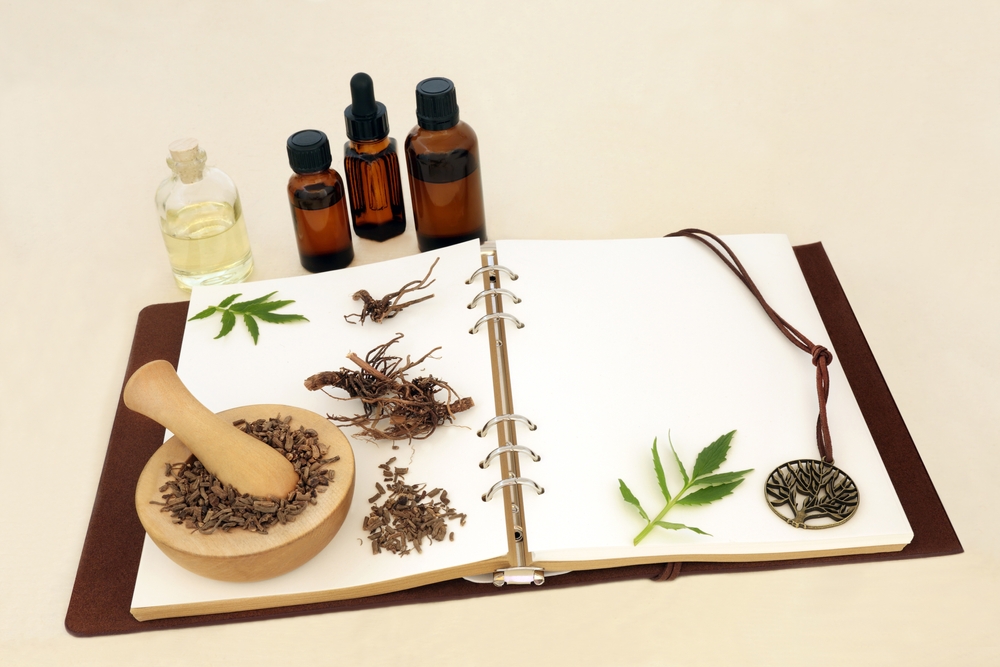There are solutions other than popping medicines to manage pain effectively, writes Vinita Alvares Fernandes
In the world of medicine, you can encounter two types of doctors: the ones who will tell it to you as it is, cut and dry and those who will break it to you as gently as possible with empathy and in bits and pieces for you to absorb it slowly.
This makes choosing your doctor according to your personality type a very important decision, especially when we are talking about pain.
Some questions you may want to ask yourself while researching a specialist —
- Will I be comfortable with a doctor who will be totally clinical, to the point?
- Will I be comfortable with a doctor whose assistants do the entire spadework and s/he spends just a few minutes listening to me?
- Will I be comfortable with a doctor whose name does not feature in the list of celebrity doctors?
- Will I be comfortable with a doctor who is chatty, social, humourous and keeps the medical talk for the last?
There is indeed a lot to consider.
Visiting your doctor, even though you may be a senior, can be something you may not look forward to. It can be intimidating to talk about your personal health, revealing things you are not comfortable talking about. This can drive you into a panic resulting in forgetting to share crucial information required for a proper diagnosis.

Some tips to prepare yourself for your doctors’ visit:
- Write a journal or jot down your questions and concerns on a notepad
- Do not rely on your memory for dates and timings.
- If you have an ongoing illness, for example blood pressure or blood sugar.
- Formulate a system log of daily readings over a period of a month before you make your next doctor’s appointment. This will provide helpful content to your doctor in identifying patterns and impact of the medication.
- If you are in constant pain, record the scale of pain, rating it on a scale of 1-10, 1 being mild and 10 being unbearable. You can use a spreadsheet or an app if you are tech savvy.
When you’re talking about pain, be precise when explaining your type, intensity and area of pain
Use the appropriate words to describe your discomfort as it can be difficult to describe the exact physical sensations and experience to your doctor. Here are a few examples to help you out:
- A headache that starts with a heavy head and advances to a throbbing ache.
- A burning sensation in my stomach with a dull ache.
- Shooting pain in my legs, with pins and needles twice a day.
- Gnawing, biting pain like I’m being eaten into.
- My head and nape of my neck feel hot, followed by dripping sweat and cold clammy skin.
- My stomach feels bloated, accompanied with a feeling of nausea and heaviness.
- A pinching, sharp sensation
- Continuous sore and heavy sensation in a particular area.
Always address the extreme case scenario to your doctor: For instance, when you experienced the symptoms at first, how it has progressed, with facts and figures from your journal, what you feel on the day of the appointment. Your explanation should be a graph. Then explain how your pain or discomfort limits your daily activities.
Questions that you may need to answer for yourself include: Does your pain reduce your ability to focus on things? Does it hurt so bad that you don’t feel like getting out of bed? Do you avoid exercising or going out to see friends? Are you irritable and exhausted with constant pain?
Medical professionals sometimes take pain more seriously when they see that it’s impacting your ability to function on a daily basis, maintain relationships, care for yourself, or have an acceptable quality of life.
I mentioned earlier, record the scale of pain — rating it on a scale of 1-10, 1 being mild and 10 being unbearable. You will be asked this question all the time.
Keep in mind that when you quantify your pain, seven and below do not really get the immediate attention of the medical person, you need to be clear with your numbers and do not forget to mention the rate at which the pain is accelerating. Tell them your threshold for being able to cope with pain on your own, without medication, or with your current pain meds.
Have a friend, family member accompany you for your appointment: Given that one of the pain scales doctors commonly use literally relies on patients’ facial expressions to assess their pain level, it’s no surprise that people who don’t wear their pain on their faces have a harder time getting the care they need. Your buddy should be someone who’s familiar with what you’re going through and willing to call you out if you minimise your symptoms, forget parts unintentionally, this is true of men who always like to show they are okay.
Doctors need to understand your level and intensity of pain: Doctors, unarguably, do the most difficult job in the world, but being human is true of them too. Remember they see scores of patients to the extent that most naturally you may be their next number by default of their job. So before you become their toolbox of prescribed medication, more pills, more patches, more self care, talk to them about your feelings, they may never have experienced your level of pain.

When pain relief starts to work, it helps to eliminate so many of those symptoms of pain. Heck, we even become productive! These medications make it possible for us to participate fully in life. Living with chronic pain makes day-to-day life difficult. It touches every single part of life, from hygiene, to cooking, to relationships, to sleeping.
Do your research: Obsessive internet research, conversations with people, Facebook groups of people sharing your illness. Let your life revolve around it till you are on the path to recovery.
Personal communication goes a long way: On a personal account, I’ve been through seven surgeries in seven years. I have learnt to document, and not rely on my memory, especially when in front of the doctor, I flash out my list of prepared questions, none of them silly or futile (as much as the doctor or my husband may find them). My opening statement to my doctor is always: I would like to know the gravity of my illness, the steps I need to take towards getting better soonest? Will I be completely cured?
Having gone in and out of general anaesthesia multiple times, I tell the doctor and nurses exactly what to expect from me when I’m coming out of anaesthesia and even though it is not protocol to warm my feet with socks and dab water on my lips and tongue, to please do it for me to feel better.
Nobody knows your body better than you do, so don’t be afraid to be vocal.
My experience tells me that it is a struggle for medical staff to take you seriously, investigate and treat. Discussing pain with your doctor effectively is one of the best ways to advocate for yourself and make sure that you get the care you need — not just for your pain, but for your overall health and well-being.
Get back to basics and your check-in with self-care.

Stay hydrated: It’s a tip all doctors will give you, to heal faster from pain.
Eat well: There are some foods like garlic, olive oil, blueberries that help ease pain
Be in a comfortable position: Do that without overworking other areas of the body that are taking the brunt of supporting and balancing the painful parts.
Apply direct or indirect pressure to trigger points. Loosening them and easing muscle pain over time. While it’s often used in massage therapy, it can also be self-administered at home using lacrosse balls, foam-rollers, thera canes, all available at pharmacies or online.
Essential oils: Certain oils are very effective when used on a regular basis for pain. Lavender, German chamomile, Peppermint, Winter cherry, and Sweet marjoram are some.
Physiotherapy works wonders: Use it early and don’t give up, you will feel and reap the benefits of gentle exercises.
Heat and cold therapy: Heat is generally indicated for muscle pain, while ice is recommended for reducing swelling or temporarily numbing pain from acute injuries.
Meditation: It calms and sure helps. Deep breaths, relaxing, unwinding, unplugging, whatever you want.
Distraction: Read or unravel a jigsaw puzzle, Internet, funny memes, TV shows, Comic strips. The internet is your oyster. May you find your pearl of pain relief.
Support is everything: You need your own people, it will help you process pain in all ways.
We all have varying thresholds of bearing pain, our family history and genetics also plays a significant role in determining our pain bearing ability.
The more effectively and clearly you communicate your pain with your doctor, the quicker you will be able to live a pain-free and normal life.








